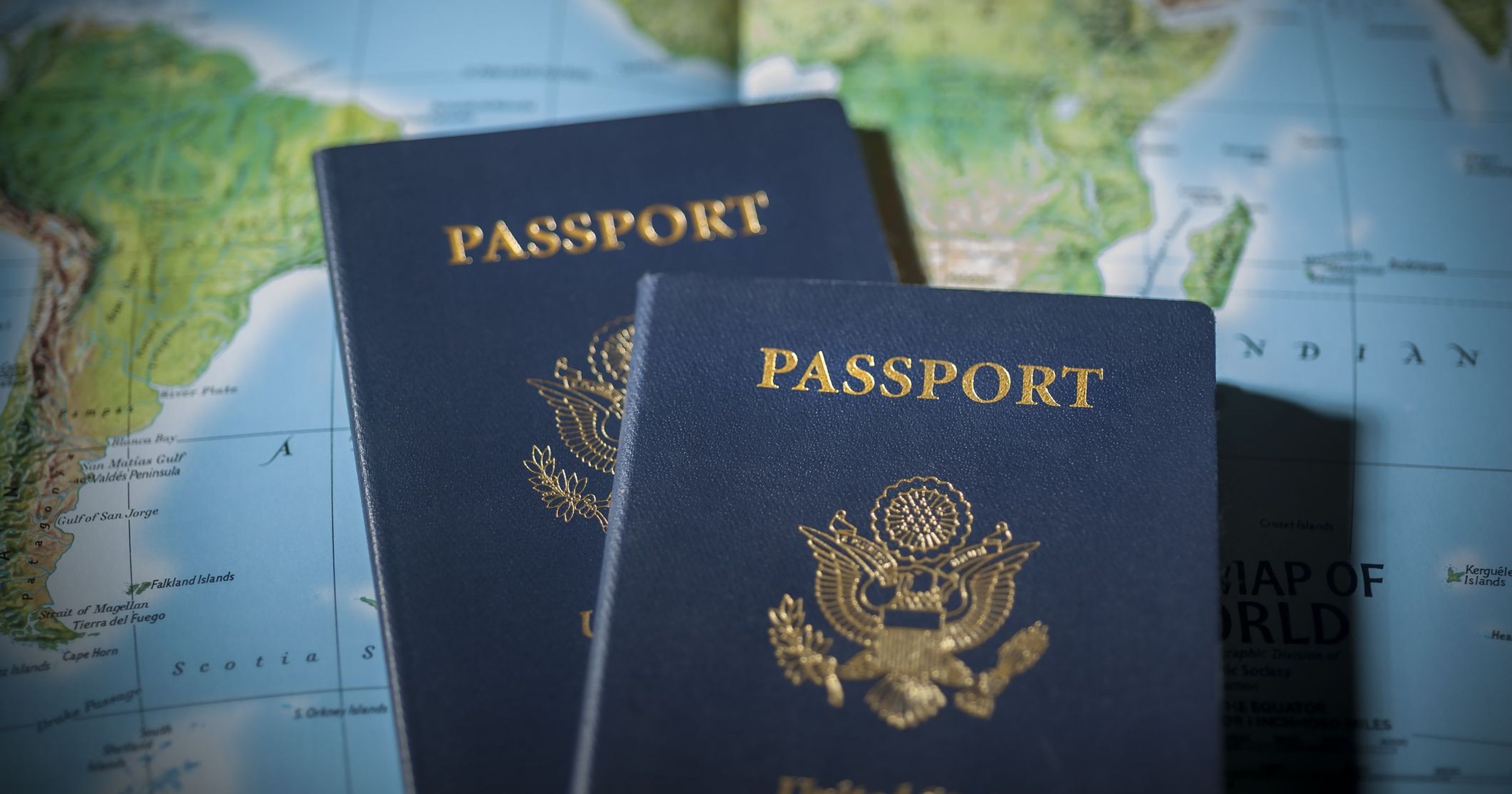
Planning your next trip to Vietnam? As a U.S. citizen, you’ve probably heard that it’s now easier than ever to enter Vietnam using an electronic visa — or “eVisa.” But before you hit “apply,” there’s one crucial detail many travelers overlook: how long the eVisa actually lasts. Countless Americans have been caught off guard by unexpected visa expirations, resulting in last-minute flight changes or even denied boarding. In this complete guide, we’ll break down exactly how long your Vietnam eVisa is valid, what rules apply, and how to make sure your visa covers your entire stay without any headaches.
The Vietnam eVisa is a digital visa issued by the Vietnamese government that allows travelers from eligible countries, including the United States, to enter Vietnam for short-term stays. It’s designed for both tourism and business purposes, eliminating the need to visit a consulate or embassy. Everything is handled online — from application to approval — and the approved visa is delivered straight to your email inbox.
American citizens are among the more than 200 nationalities eligible to apply for a Vietnam eVisa. Travelers can enter Vietnam through 42 international ports, including the major airports in Hanoi, Ho Chi Minh City, and Da Nang. This means you can arrive conveniently by air, land, or sea without going through extra paperwork.
The biggest advantage of the eVisa is how effortless it is. You no longer need to fill out physical forms, schedule embassy appointments, or wait weeks for approval. The entire process usually takes less than 10 minutes to complete, and once approved, the visa allows you to travel freely within Vietnam during the validity period.
For American visitors who love flexibility, convenience, and reliability, the Vietnam eVisa is the perfect solution — whether you’re coming for a beach vacation, a food-filled getaway, or a short business trip.
A Vietnam eVisa is valid for a maximum of 90 days, and applicants can choose between a single-entry or multiple-entry visa during the application process. This gives U.S. travelers the freedom to select the option that best fits their itinerary.
However, one detail often confuses travelers: the visa’s validity period doesn’t begin on your arrival date — it starts on the entry date you select in your application. That means your stay is only valid between the “valid from” and “valid until” dates printed on your visa, regardless of when you actually arrive.
For example, if you apply for an eVisa with an entry date of June 1 and an exit date of June 30, your visa will only be valid for those exact 30 days. Even if you arrive on June 15, the visa still expires on June 30. Many U.S. travelers make the mistake of assuming the 90-day validity starts when they land in Vietnam, leading to unintentional overstays.
To avoid this issue, double-check your approved eVisa document before booking your flights. Always align your travel dates with the validity range of your visa to ensure your trip runs smoothly from start to finish.

Under current immigration policies, Vietnam does not allow eVisa extensions while you’re inside the country. Once your eVisa is near expiration, you’ll need to exit Vietnam and apply for a new one if you wish to stay longer.
There are a few rare exceptions — such as medical emergencies or unforeseen circumstances — where travelers may request a special extension directly through the Vietnam Immigration Department. However, such cases are reviewed individually and require valid supporting documents.
For most travelers, the simplest way to continue their stay is to take a short trip to a nearby country (like Thailand or Cambodia), then apply for a new Vietnam eVisa before returning. It’s quick, straightforward, and ensures you remain in compliance with immigration regulations.
If you’re unsure how to handle your visa situation or want a fast reapplication process, working with professionals like VietnamImmigration.com can save you time and stress.
When applying for your Vietnam eVisa, you’ll have to decide whether you need a single-entry or multiple-entry visa. The difference is simple — but choosing the right one can make a big difference in your travel experience.
A single-entry eVisa allows you to enter Vietnam once. The moment you leave the country, your visa automatically expires, even if you still have days left on it. This option is ideal for travelers who plan to stay entirely within Vietnam for the duration of their trip.
A multiple-entry eVisa, on the other hand, lets you exit and re-enter Vietnam multiple times within the visa validity period. This is especially useful for U.S. citizens planning to explore nearby destinations in Southeast Asia — for instance, flying from Vietnam to Laos or Cambodia and returning later without having to reapply for a new visa each time.
Choosing the right visa type ensures a smoother journey and helps you avoid unnecessary paperwork while maximizing your time in the region.
Overstaying your eVisa in Vietnam is something every U.S. traveler should avoid at all costs. Even staying a single day past your visa’s expiration can lead to penalties.
If you overstay, you may face fines ranging from a few hundred thousand to several million Vietnamese dong, depending on the number of days overstayed. More serious or repeated overstays could result in being blacklisted, temporarily banned from re-entry, or having future visa applications denied.
If you realize your visa has expired or is about to, contact the local Immigration Office immediately to settle any fines and regularize your status before attempting to leave the country. Trying to board a flight without clearing your overstay may result in denied boarding at the airport.
To avoid all of this, make sure to set reminders for your visa expiration date and always plan your exit a few days before it expires. A little preparation goes a long way toward keeping your Vietnam experience trouble-free.
Applying for a Vietnam eVisa is a quick and simple online process, especially when done through VietnamImmigration.com, one of the most reputable and efficient visa service providers.
Here’s how you can apply step-by-step:
By choosing VietnamImmigration.com, U.S. citizens can enjoy a 100% approval guarantee, fast service, simplified documentation, and 24/7 customer support.

For over 15 years, VietnamImmigration.com has been a trusted partner for travelers around the world, helping thousands of U.S. citizens obtain their Vietnam visas smoothly and quickly.
The platform offers:
Choosing a professional, experienced service means you’ll save time, avoid mistakes, and enjoy peace of mind knowing your visa is approved before your flight.
For U.S. citizens visiting Vietnam, understanding your eVisa duration and validity is the key to a stress-free journey. Knowing the exact entry and exit dates, choosing the right visa type, and avoiding overstay issues will help you travel with confidence.
When you’re ready to apply, VietnamImmigration.com makes the process effortless — giving you more time to focus on what really matters: enjoying Vietnam’s food, culture, and natural beauty to the fullest.

